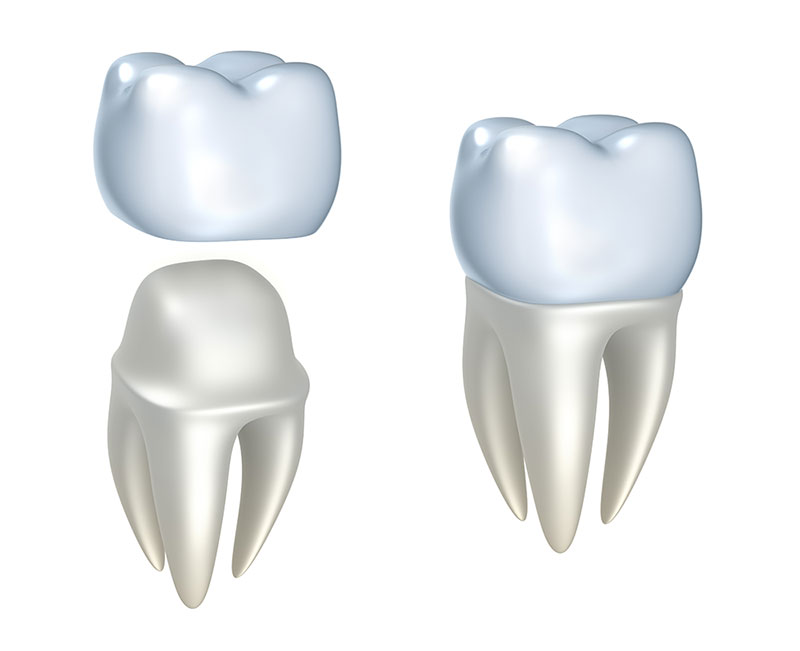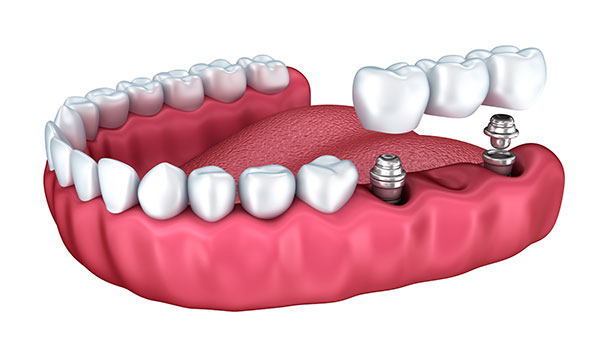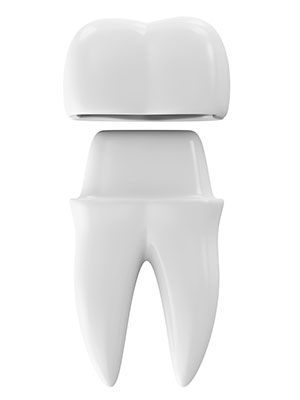
What Is A Food Trap And How Do You Fix It?
What is a Food Trap?
A food trap is any area in your mouth that you may or may not realize contains trapped food after having a meal or snack. The leftover foods turn into plaque, which causes issues to the teeth and gums in the area. Issues such as cavities, gum disease, and even infections can occur. Often, a food trap will be between two teeth or behind the last molar, but it can also occur around the front or back side of teeth. You may or may not notice the food trap is there, so it is essential to visit your dentist and dental hygienist regularly so this type of concern can be addressed before it causes problems with your teeth and gums.
Treatment Options
Dental Fillings
Dental fillings can be placed to fill the space being affected by trapped food. This treatment option will be recommended if the food trap is between two teeth. A dental filling would be placed on either one or both of the teeth that the food trap affects, closing the space that exists between the two teeth, so food no longer gets stuck in the area. Cleaning teeth is easier when the food trap is eliminated.
Dental Crowns
Dental crowns are a more invasive and proactive way of fixing a food trap. Either one or both of the teeth the food trap affects will be thinned down, and a dental crown(s) will be placed on top, closing the food trap. This option may be recommended if there is already a large filling on the tooth or if the food trap cannot be fixed with dental fillings.
Leaving It & Monitoring It
If the food trap is small and is relatively easy to clean out daily, it may be okay to leave it and monitor it. If left untreated, it is vital to use the best tools available to you to make sure the food trap is clean. Make sure to talk with your dentist or dental hygienist about what tools you can use to clean the food trap at home. Regular dental visits will be recommended to monitor the food trap for changes and assess the health of the teeth and gums.



